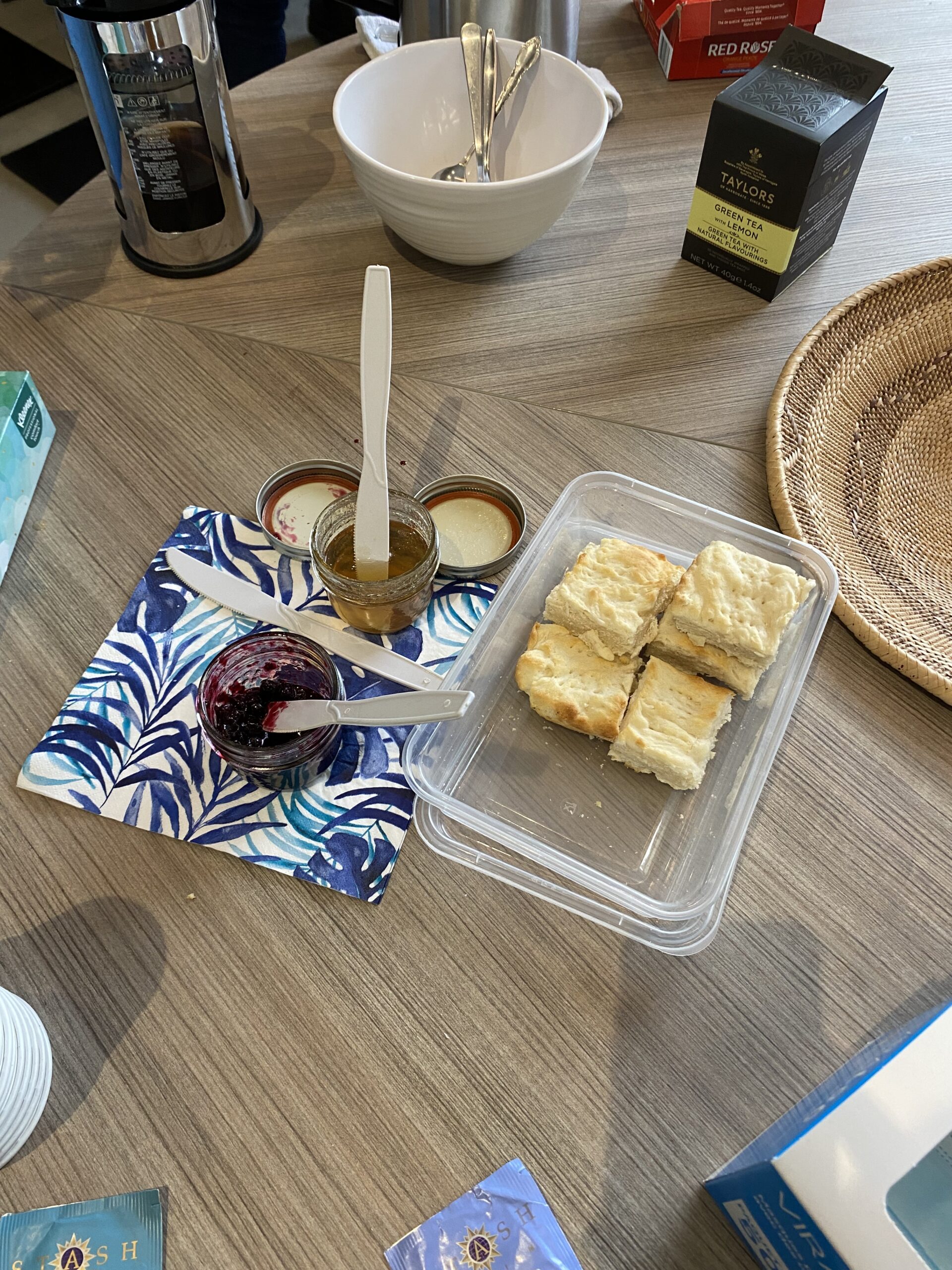“Going for a bowl of pho from Pho Tau Bay with my father, I taste history and culture…”
Going for a bowl of pho from Pho Tau Bay with my father, I taste history and culture. I can sit with him and synthesize flavour and memory as we slurp back a bowl of noodles, sharing stories of his youth and a remarkable journey here.
My father is a Vietnamese boat person, a refugee who escaped communism in an overcrowded ship in ‘78. Rejected at the Malaysian border, they spent six months stranded on an island waiting for aid. Eventually, he made his first steps on Canadian snow in flip flops and shorts, leaving the Edmonton International Airport in the middle of February.
His memories of Vietnam are ones of poverty, eased with other memories of trouble-making with his siblings, or having pho with ama, my grandmother, in the markets of Saigon. Ama immigrated to Vietnam from the Fujian province of China and lived in a relatively homogenous community of ethnic Chinese, resulting in a nuanced nostalgia in my father’s love for pho. Having never been to China, pho symbolizes an interesting distinction between his home and his motherland.
From 116 St and 95 St, Edmonton’s 107 Ave is known as the Avenue of Nations, for the diverse immigrant-owned businesses and population that inhabit the area. In 1993, Pho Tau Bay opened the doors in their original restaurant located on 113 St and 107, just a few blocks from my childhood home.
My brothers and I would often race to the restaurant, leaving our parents sauntering behind. Seated at the table, our chopsticks provided the medium for which the room could enjoy a porcelain ensemble, while my father made sure to pour the tea and set our dipping sauces. After finishing our small bowls of pho with beef meatballs, we raced home to play Nintendo.
In the late 19th century, the French sought cheap Vietnamese rubber and labour, bringing foreign customs and technology with their colonial presence. They introduced ingredients like asparagus, potatoes and onions, and spread culinary techniques that influenced the evolution of a unique cuisine, exemplified by banh mi, a baguette filled with Vietnamese ingredients. Eating beef was adopted from the French, and historically, colonists always secured the best, leaving the locals to make the most of the least desirable parts, particularly the bones.
Pho is said to derive from pot au feu, a French take on beef stew; pho expands on the beef consommé by adding cinnamon, ginger, star anise, cardamom and cloves to a classical clear broth simmered with charred onions and oxtail. A slightly sweet, aromatic broth engulfs thin rice noodles, served with crispy, fresh bean sprouts, a wedge of lime, Thai basil and a multitude of sauces, in accordance to pho served in southern Vietnam.
Besides drinks and desserts, Tau Bay’s menu consists solely of pho. However, you can choose between an arrangement of thinly sliced cuts of beef, or chicken, to compliment the noodles and the star of the dish, the broth. The pho dac biet option consists of brisket, flank, tripe, tendon, and my father’s favourite, rare steak that is tenderly cooked from the heat of the scalding stock.
At the Chinatown location, I am greeted by a signature aroma with depth that is only explained by generations of familiarity with the ingredients. It is not a pretentious place, simply furnished with traditional lacquer paintings and standard lighting. As the fragrance lifts me up, it also permeates and clings to my clothes to be a reminder for later.
Waving at us from the other side of the room, the waitress asks, “How many?”
We are directed to our table with points and gestures, passing servers rushing around carrying trays, crowded with steaming bowls of pho. We sit down as tea is brought to us, and I wipe the condensation from my glasses. Our waitress speaks little English, so my father orders in Vietnamese as I pour the tea and set the sauces. She returns with a three-bean dessert for my father and an iced coffee for myself.
We talk about monkeys that would taunt him, or the neighbourhood musician, or the aquarium he had in his family’s water reservoir, the American troops stationed nearby, his private dealings in distributing cigarette rolling papers that eventually, and unknowingly, afforded him passage west. When our pho dac biets arrive, we begin an oscillating rhythm, trading mouthfuls of noodles and broth, with words and conversation. Not the biggest fan of the piece of tendon, I sneak mine into my father’s bowl.
Admittedly, the large portion at Tau Bay comes out smaller than you would find on other menus, but even that seems to be a conscious choice. Reaching peak satisfaction picking for bites of noodles and sprouts in the last spoons of broth, I’m consistently left dazed in a cloud of ecstasy, staring at an empty bowl. I’m already planning my next visit.
An order at Pho Tau Bay never takes more than five minutes to reach the table and with the nature of eating hot soup, a dining experience shouldn’t take you more than half an hour. This limits socializing time at the table, but it also results in an efficient business model. A higher volume of customers increases revenue and also benefits diners by keeping prices lower than their competitors.
Whether it is pho or wonton, sharing bowls of soup with my father has given me the time to reflect and, quite frankly, be impressed by the stories of someone who has lived as a first generation immigrant, twice.
While COVID-19 has been a detriment to local businesses, Pho Tau Bay has adapted by encouraging returning patrons with a new feature. For one weekend each month (or so), they serve a different, popular Vietnamese dish, as advertised on their Instagram (https://www.instagram.com/taubayyeg/).
Without a question, they have earned the seat at the throne for the best pho in Edmonton as people continue to brave the pandemic to experience what my father considers the most authentic pho.
Pho Tau Bay is now located at 10660 98 St.
780-421-0807


